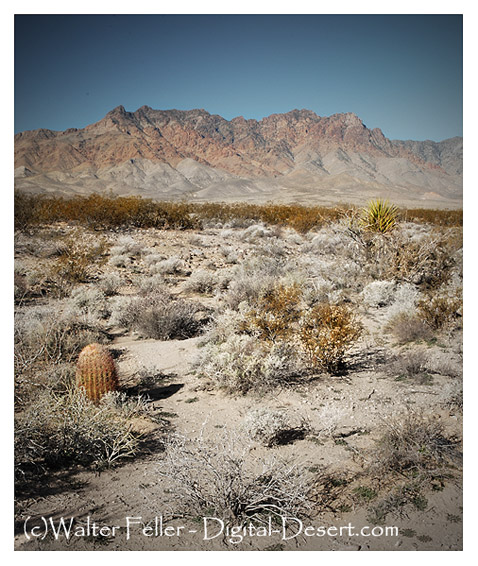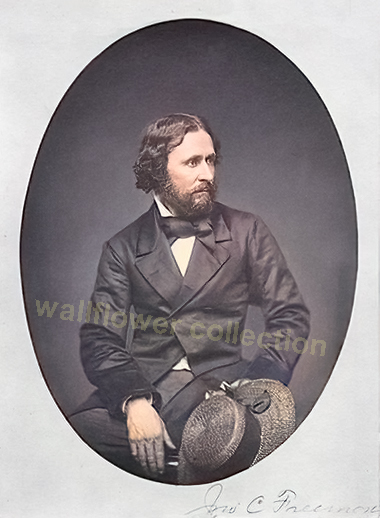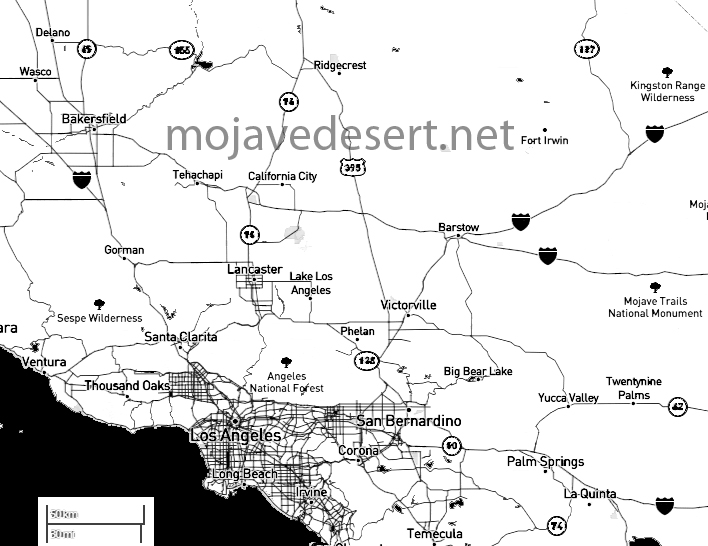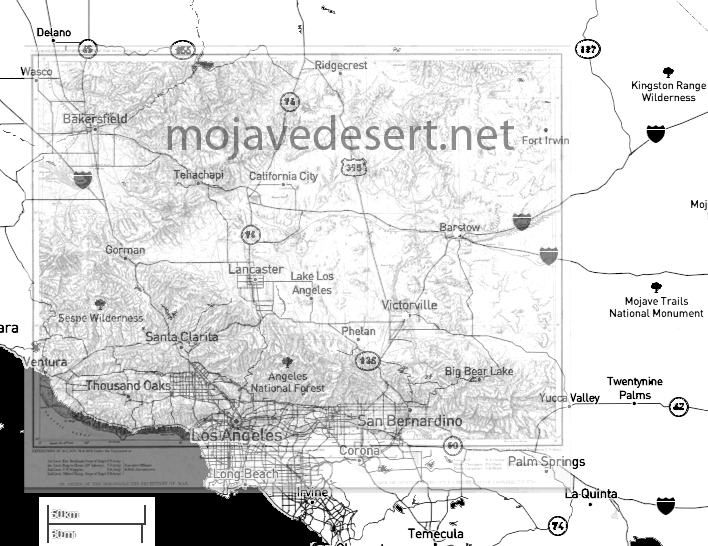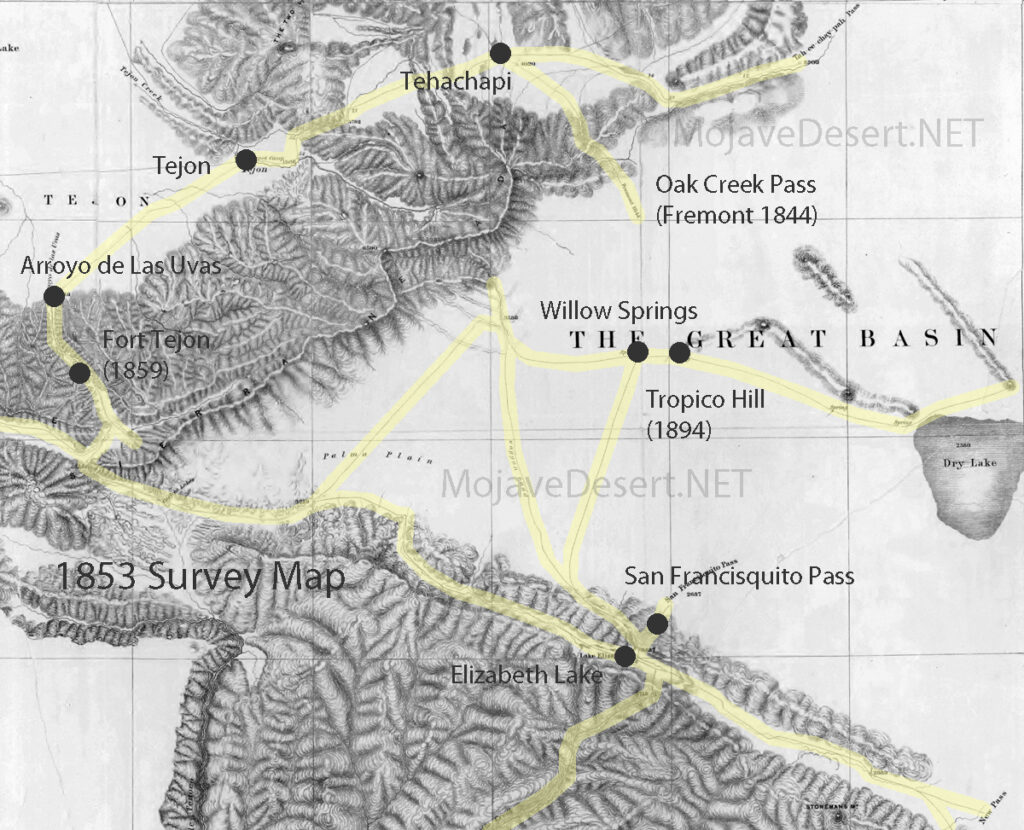The transition from mule caravan trade routes to wagon roads in the Mojave Desert exemplifies a key phase in developing transportation infrastructure in arid regions of the American West. A combination of technological advancements, economic demands, and the adaptation of transportation methods to the challenging desert environment drove this evolution. Here’s an overview of this transformation:
Mule Caravan Trade Routes
- Initial Use: Mule caravans were a primary mode of trade transportation in the Mojave Desert, especially before the mid-19th century. These caravans were essential for moving goods, people, and information across vast and difficult terrains where water and resources were scarce.
- Advantages: Mules are highly resilient and adapted to arid conditions, making them ideal for navigating the harsh desert landscape. They could carry significant loads long distances, relying on minimal water and forage.
Transition to Wagon Roads
Economic and Social Drivers
- Mining and Settlement: The discovery of gold, silver, and other valuable minerals in and around the Mojave Desert during the 19th century led to an influx of settlers and miners. This mining boom created a demand for more efficient transportation methods to move larger quantities of goods and equipment.
- Agricultural Development: As agricultural activities in the region expanded, there was a need to transport produce to markets, further necessitating improved transportation infrastructure.
Technological Improvements
- Wagon Technology: Advances in wagon design and construction allowed for larger loads and more durable vehicles that could withstand the rigors of desert travel. The development of the “prairie schooner” and other wagon types made it possible to carry supplies and equipment needed for mining and settlement.
- Road Construction: The construction of wagon roads involved clearing paths, improving natural surfaces, and occasionally creating more permanent infrastructures such as bridges over washes and gullies. These roads followed existing trails where possible but were often widened and modified to accommodate wagon traffic.
Impact of the Transition
- Trade and Communication: Wagon roads improved trade and communication within the Mojave Desert and surrounding regions. They enabled the more efficient movement of goods, contributing to the area’s economic development.
- Settlement Patterns: The establishment of wagon roads facilitated the growth of settlements and the expansion of mining operations, as they provided a lifeline for communities in the desert.
- Environmental Changes: The construction and use of wagon roads also had environmental impacts, including changes to the landscape and local ecosystems. Over time, these roads would pave the way for further developments, including railroads and highways.
Conclusion
The transition from mule caravan trade routes to wagon roads in the Mojave Desert was a critical development in the region’s history, reflecting broader trends in the American West. This transformation was driven by economic opportunities, such as mining and agriculture, and was enabled by technological advancements in transportation. The development of wagon roads marked a significant step in the integration of the Mojave Desert into the regional and national economy, setting the stage for future transportation innovations and the continued development of the American Southwest.
OpenAI. (2024). ChatGPT (4) [Large language model]. https://chat.openai.com
